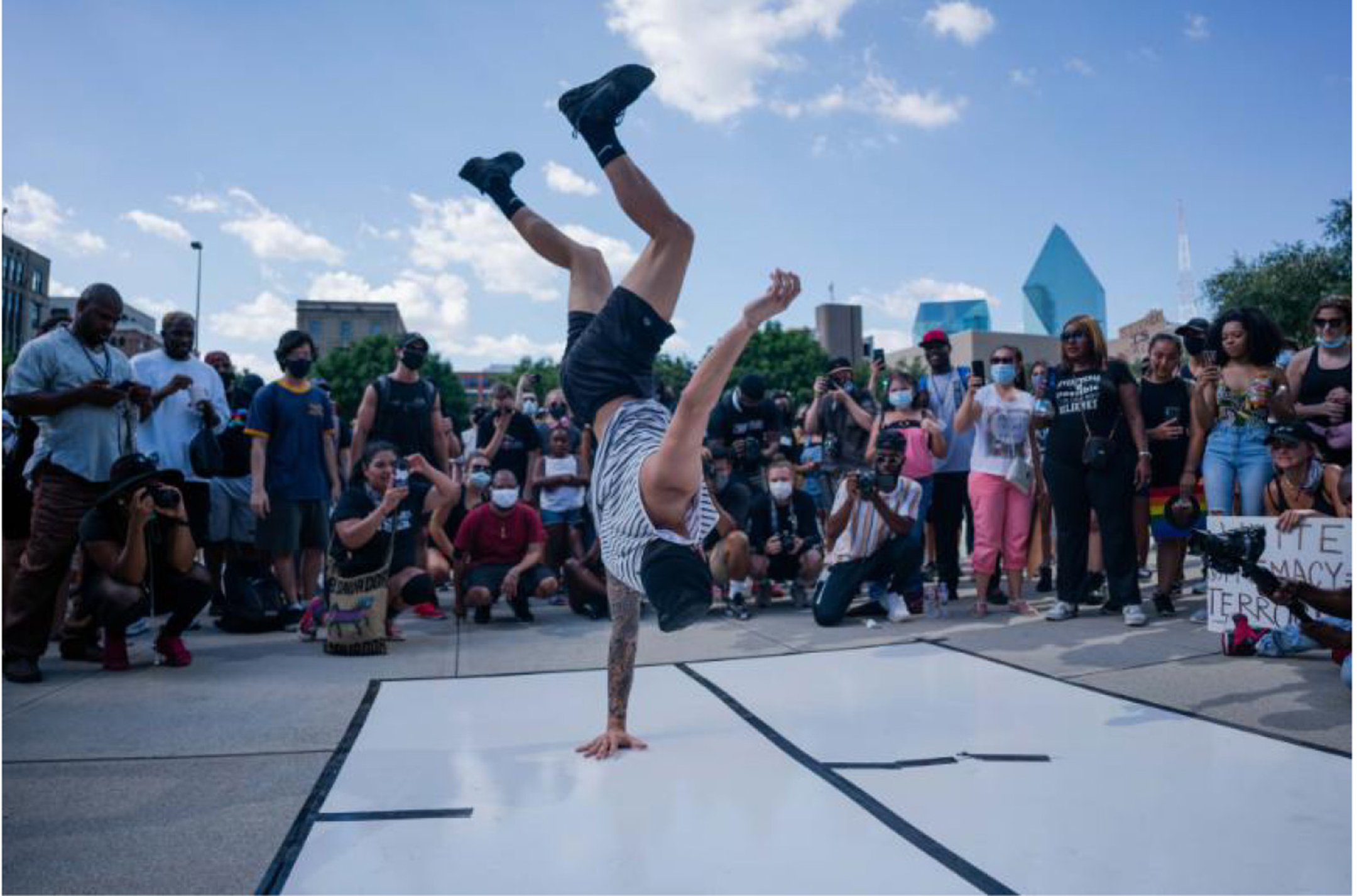AP Art of the Week
Spotlight on Artist Miles Hearne
The Elective’s digital art museum this week features a photograph made by Miles Hearne from Pacific Collegiate School in Santa Cruz, California.
Welcome to The Elective’s digital art museum, dedicated to the incredible work of AP Arts students. Each week we highlight a work or series created in one of the AP Arts concentrations—AP 2-D Art and Design, 3-D Art and Design, and AP Drawing (the AP Program also offers Art History and Music Theory)—as well as a statement from the artist (and, occasionally, their teacher).
From the first cave paintings to contemporary breakthroughs in virtually reality, art, in all its forms, has been a crucial way for people to process, make sense of, comment on, and grapple with the world around them. After more than a year of life in a pandemic, AP Art students have risen to the challenge of processing and making sense of the challenges—and opportunities—that have come from this perilous time. The work they submitted in their final portfolios is explicitly of the moment. It’s often challenging and provocative, but always insightful, inspiring, and expansive.
This week we feature a photograph made by Miles Hearne from Pacific Collegiate School in Santa Cruz, California.

Here’s Miles’ statement on the work:
“Each image taken captures a different scene from Black Lives Matter protest throughout Dallas. At first, my focus was towards military and police presence and their interactions with protestors. This focus displayed on aspect of the protest, the more violent end, but failed to show the emotion and meaning behind the people involved in the protesting. I shifted my focus more towards capturing emotion and deeper meaning such as can be seen in the image of the man holding an American flag upside down. That image not only captures what a protestor in Dallas looks like but also what they believe to be wrong. The flag's orientation makes the statement that America is upside down or that things are not right in our country. The last thing I focused on was more to do with editing. I began to experiment with selective color editing and black and white photos. I found that using black and white photos in some cases allowed for a more emotional image overall. All of these focuses and processes combined allowed me to paint an accurate and emotional image of how racism is protested in Dallas, Texas.”
And here are a few other works from Miles’ portfolio:




To capture an image showing people expressing themselves through dance in public. I got to the edge of the crowd and captured the image down low to show the full body of the dancer.




I wanted to take a detailed up close shot of the eye because the color and design fascinates me. I used a light cube to make the eye visible then took the photo and enhanced it in Photoshop.
Student and teacher statements are lightly edited for length and clarity.


